
We are celebrating 15 years — and counting — of stories that are deeply researched and deeply felt, that build a historical record of what the city has been.
We are celebrating 15 years — and counting — of stories that are deeply researched and deeply felt, that build a historical record of what the city has been.
Since UO launched in 2009, green infrastructure has gone from a promising yet underused strategy advocated by ecologists, designers, and engineers to a key component of climate change adaptation and water management systems. But beyond its implications for how New York City confronts the growing challenges of storm intensity and sea level rise, this shift also heralds a changing attitude to the natural world that supports and surrounds the city.
The recognition that we can build thriving cities and preserve crucial natural habitats is an ethos strongly advanced by Eric Rothstein, a hydrologist who has been instrumental in green infrastructure’s growing recognition, first as a City employee and now as principal of the seemingly ubiquitous water resource planning and habitat restoration firm eDesign Dynamics. And while Rothstein sees great potential for environmental restoration to provide stormwater and waste management services along with beautiful spaces, he bristles at the overstatement of certain projects’ ability to protect us from powerful storms. Here, Rothstein lets us in on the particular challenges of restoration, mitigation, and water resources management in New York and offers a measured but optimistic assessment of the role of green infrastructure in fostering sustainable urban development. –J.T.
What do you do?
You can describe what I do in a number of different ways — I am a hydrologist, a water resources engineer, a habitat restorer. My firm, eDesign Dynamics, works in water resources planning at the scale of both the landscape and the individual lot and in habitat restoration with a focus on urban and post-industrial areas. It was started in 2002 by Franco Montalto, an expert on green infrastructure, and I joined as 50% owner and managing partner in 2007. I also do similar work in the context of international development in part through Big Future Group, a non-profit I started with architect Sharon Davis, landscape architect Julie Farris, and structural engineer Arun Rimal.
How did you end up in this line of work?
For that you’d have to go back to 1985, when a kid in Westchester learned about famines in sub-Saharan Africa and decided to become an agricultural engineer. I got an agricultural engineering degree from the University of Wisconsin and then a master’s in agricultural and biological engineering at Cornell, at which point I was also considered to be a hydrologist and hydrogeologist.
In 1998 I joined the Natural Resources Group in the NYC Parks Department, the in-house entity responsible for protecting and restoring the remaining natural areas in New York City, where I first started doing restoration work.
How does restoration in an urban area like New York City differ from elsewhere?
Traditional restoration work is often led by ecologists and biologists because they know what they need to create. But in the urban, post-industrial setting, the foundations of ecosystems are basically screwed up. These soils are high in nutrients and pH because of all the concrete, so they favor weedy species instead of our native species, which thrive in lower nutrient and more acidic soils. Then there is the poor water quality of the runoff, which includes oil, metals, and various other contaminants. Aligned with that is the issue of “flashy” hydrology: we get much more runoff and we get it a lot faster. So before you can establish a sustainable ecosystem, you need to fix the soils, the hydrologic regime, and the water quality.
Who are your clients for habitat restoration now that you are in the private sector?
We still work with public agencies quite a bit, especially thanks to the current popularity of designing with nature. Michael Van Valkenburgh Associates brought us in to work on Brooklyn Bridge Park, and let me just say that MMVA is one of the firms that both allows us and forces us to do our best work. I think that is the highest compliment you can give. We’re working on an upcoming project at the Brooklyn Botanic Garden. James Corner hired us for Muscota Marsh, a Columbia University project on the northern tip of Manhattan that won an award from the Public Design Commission.
In addition to those park-based projects, mitigations really drive our industry, and salt marsh restoration work in particular. When someone damages a wetland in the process of developing a project, they are required to mitigate it by restoring wetlands someplace else. We also work on brownfields — not their remediation, but rather the restoration that comes afterward. Remediation is usually some combination of excavating toxic hotspots and properly disposing of or treating that waste on site, or making sure the contamination doesn’t spread by stopping groundwater movement.
It’s one thing to remediate and really stop the pollutants from contaminating groundwater and the air. But a lot of these brownfields are recognized as toxic sites in their communities, so it often takes a restoration of a natural area over what used to be a brownfield, with great egrets or great blue herons landing there, for people to truly consider it clean.
As water resources engineers, we are also expanding our international development work. We have problems in New York, but there are much bigger ones with water supply and wastewater treatment in places like Rwanda, Ethiopia, Djibouti, Nepal, and India.
You mentioned mitigation as part of your work. To what extent do you see your role to be lessening or reversing the impact of prior development decisions?
Until about five to ten years ago, people actually referred to this work as low impact development before green infrastructure became the accepted term. Most of our green infrastructure work in the Northeast today is meant to mitigate combined sewer overflow (CSO), which is probably New York’s biggest water quality issue. And if you assume a liberal definition of what habitat restoration is, it falls under the category of mitigation. In other words, we used to have more ecological value in a given ecosystem prior to its development, and anything that we do to improve its services — the functional, measurable benefits that the ecosystem provides — is in a way returning it to nature.
Is there room within the ecosystem services discourse for making a natural habitat perform better than it ever might have in the past?
The major debate in the ecosystem restoration world revolves around its definition and what past time frame we are restoring to — 100 years ago, 500 years ago, or 10,000 years ago. I think we all got tired of that conversation, and we started to focus on the end goal of ecosystem services instead. One aspect of that, from an ecologist’s perspective, is to take stock of the regional ecosystem and identify how your specific restoration is going to complement the broader region. You can target certain species based on what’s immediately adjacent to your site. If we are working with wet woods next to a river, for example, we might create some grasslands with very sandy soils that can provide a breeding habitat for the endangered Eastern box turtle. Now the turtle can come back because it has all the ecosystems that it needs to carry out its lifecycle.
We don’t design for permanence. We design for a dynamic condition.
I often think about a graph with two intersecting curves: one is biodiversity and ecosystem services, which we want as high as possible, and the other is sustainability with low maintenance. When we do a restoration, I want to come back in 20 years and still find a biodiverse wetland. If we shoot for the stars and bring in a thousand threatened or endangered plants, we are going to lose 95% of those species in the long term due to their narrow tolerance ranges for soil and hydrologic conditions. There’s a happy medium. I operate by what I call the bulldog-diva rule: introduce about 80% native, tough plants that can tolerate wide ranges of conditions, and 20% plants that are more sensitive. If you did your analysis and modeling correctly, you might get lucky and end up with some of that greater diversity.
Tell me about your resilience-focused work.
Our sexier stuff includes the Rising Currents exhibition at MoMA — we were on the Matthew Baird team. And we are part of the Penn/OLIN Rebuild by Design team focusing on Hunts Point in the South Bronx. That’s been an amazing experience because it is a community-based plan, and one of the real benefits of this work is to provide education and training and foster stewardship among the public. We’re on a team run by ARCADIS to build a barrier along Coney Island Creekthrough the City’s Special Initiative for Rebuilding and Resilience, and we’re also on similar projects for gates that would close off the mouths of the Gowanus Canal and Newtown Creek to storm surge.
You also worked on Brooklyn Bridge Park, which fared very well during Sandy — why did it do so well in terms of actual, literal resilience?
I know the answer we all want is that we softened what was previously a hard edge. But I think we have a responsibility to call bullshit. The role of the engineers on the question of green infrastructure and softening is to really do the calculations — with real numbers and real science — to actually see if it’s going to protect us from storm surge. We often hear that salt marsh restoration is going to dampen wave action. But that’s not true for most of the salt marsh restorations that we do, including the one at Brooklyn Bridge Park. It’s not going to change the storm surge by an inch. It’s too small to do that, so we shouldn’t claim it for that reason.
But I can give you a bunch of other reasons why you want that salt marsh there: it’s about stewardship; it’s filtering the water; it attracts wading birds; it’s an educational moment in a signature park in New York City; it’s beautiful. There are so many reasons to soften edges and put in habitat that we don’t need to exaggerate them to justify the practice.
We’ve had 300 years of engineers building infrastructure to give us running water and ways to treat our waste, which has really helped our civilization along. Now I see the pendulum swinging far in the other direction: I’ve actually seen proposals to shut down sewage treatment plants and use wetlands to treat all the waste of Sao Paulo. It’s not going to happen — that wetland would have to be the size of Brazil.
Do you usually work with designers on your projects?
There are really two main groupings: the large-scale projects that a six-person firm couldn’t fully implement, where we are a subcontractor to either a large engineering firm that wants our skills or an architecture or landscape architecture firm, and then the smaller contracts for more experimental pilot projects. For example, we have subbed to WXY on master plans for Sherman Creek and the East River Blueway. And then we are working directly with the Department of Environmental Protection on different forms of green infrastructure — a right-of-way bioswale on Sixth Street in Gowanus, a treatment wetland on the edge of Meadow Lake, playgrounds in underserved areas that use green infrastructure to reduce runoff into the combined sewer system.
But your question is interesting, because we consider ourselves designers. Architects and landscape architects might refer to themselves as such, and to engineers as engineers. But we do design work, although the lens is sometimes different.
On one end of the spectrum, engineers are like doctors; they tend to be binary. There’s a “yes” and a “no,” and all the explanations are calculations. Then at the other end you have our habitat restoration work, in which we are some of the softest designers there are. We don’t design for permanence; we design for succession and a dynamic condition. I typically think of planners, architects, and landscape architects as being somewhere in the middle.
When it comes to water management, what has New York City done well? And what are some examples of how water resource management has been creatively or exemplarily approached in other places?
The upstate reservoirs and the 100-mile tunnels that supply New York with water are an amazing engineering feat. That we are actually managing and preserving the surrounding landscape to maintain our high water quality is also phenomenal. But New York is tricky: it’s big, there is a lot of stuff that we can’t undo, and the number of players within government means innovation takes a longer time here. So it’s very easy to deride the agencies, but when you work with them as much as we do, you learn that there are amazing, dedicated people in government. It’s a real venue for creating change.
Philadelphia is very cool. In 1994, the EPA finally stated that the approximately 772 municipalities across the US with combined sewer systems were in violation of the Clean Water Act and required that they develop plans of action to address combined sewer overflow. Philadelphia’s plan is based on greening the city. They are focusing almost exclusively on keeping that rainwater out of the combined system in the first place by improving the landscape’s ability to absorb it. From a secondary benefits perspective, the greening is pretty amazing.
New York’s plan is partially green and partially gray. Gray strategies are traditionally end-of-pipe solutions: instead of the poop going into the river during a heavy rain event, the poop goes into a big tank. When it stops raining and the overflows stop, you pump out the tank to the treatment plant.
How does reuse, not just absorption, factor into water resources management?
Reuse is the Holy Grail. But water is very cheap in the Northeast, so it’s hard to justify a high initial capital investment to save water. Often we are not significantly depleting the water supply; we’re just creating more waste to treat. We have done some projects where we are either working with very wealthy people who just want to go as green as possible or with nonprofits with grant funding, so we’ll flush their toilets with rainwater. In places like Rwanda, Nepal, or India where all the rain comes in a three-month period, sustainability really pays. It’s insane to think about some of the desert communities I have been in, and to then come back and see somebody brushing their teeth with the water running. The more dire the situation, the more sense it makes. We’re not there yet in New York.
The private/public conversation on green infrastructure is a big challenge in New York. If you were just looking at the city’s water resource issues from a technical perspective, you’d start by reducing runoff from rooftops by installing green roofs. But the standard setup under the building code pushes most of that water into the combined sewer system. There is currently not enough of an incentive to get owners of existing buildings to change their roofs.
The carrot approach might be a green infrastructure bank: the bank can go to a private owner and request the use of their roof as a green roof. Then the bank can take tax credits received from installing the roof and sell those credits to fund future installations. The stick approach is what Philadelphia is doing — charging people for the stormwater running off their property. They either pay the bill, or they install a storage facility or green infrastructure.
Do you have any particular hopes for further integration of ecological ideas into urban development?
To be truly green would be to design everything so that on balance it has a net positive effect on the planet. It’s really hard to offset the negative impact of a building, because of all the materials brought in and the pollution caused by construction and people living there. Most people say that the next best step is to do everything that’s feasible within the budget to have as little an impact as possible. I still struggle with the building scale. With park development, however, you’re taking something with no habitat value and creating both that value and an amenity for the community.
Some people think New York is too far gone to restore or preserve. But we still live in a very critical estuary, a major migratory passage for birds and marine life. So it’s really about building an ethos around preservation, restoration, and the idea that we can have a city and a habitat.
The views expressed here are those of the authors only and do not reflect the position of The Architectural League of New York.

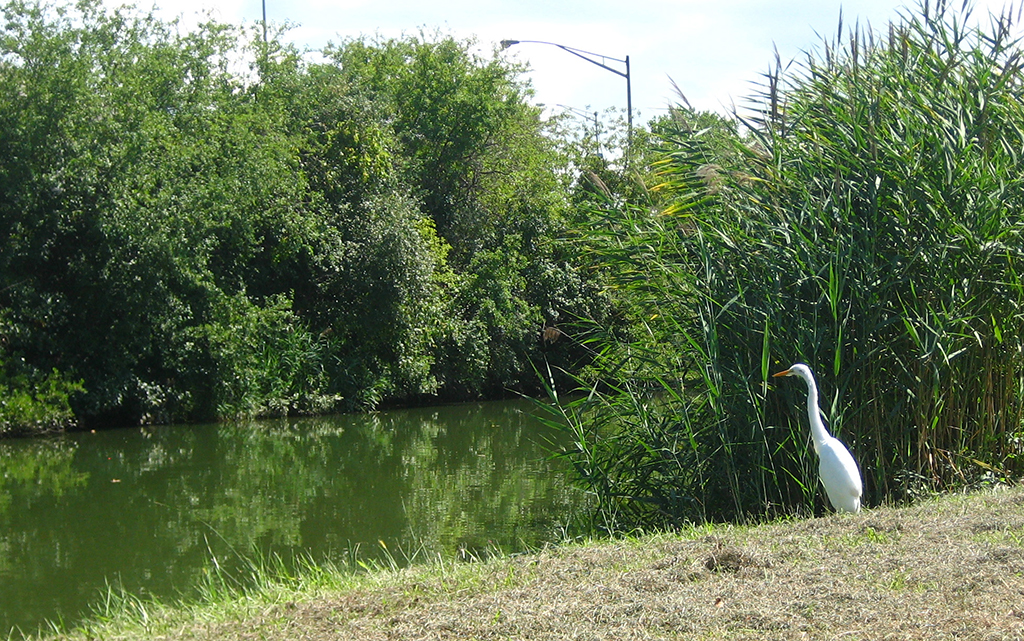
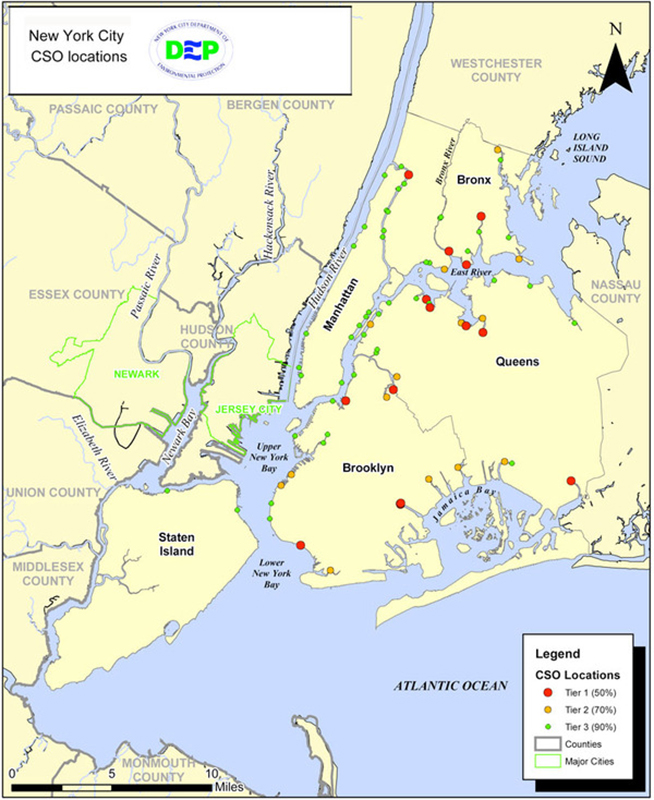
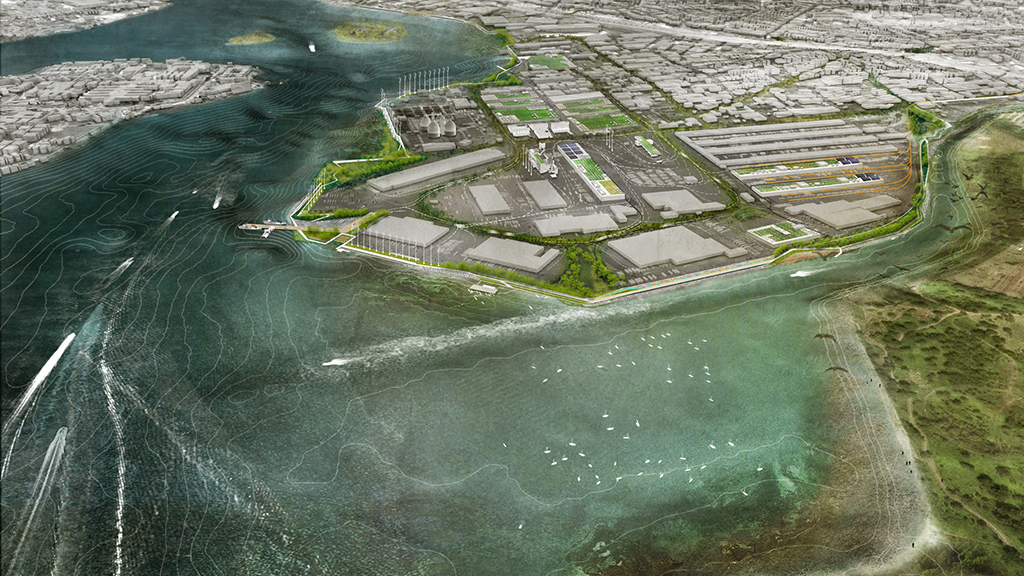
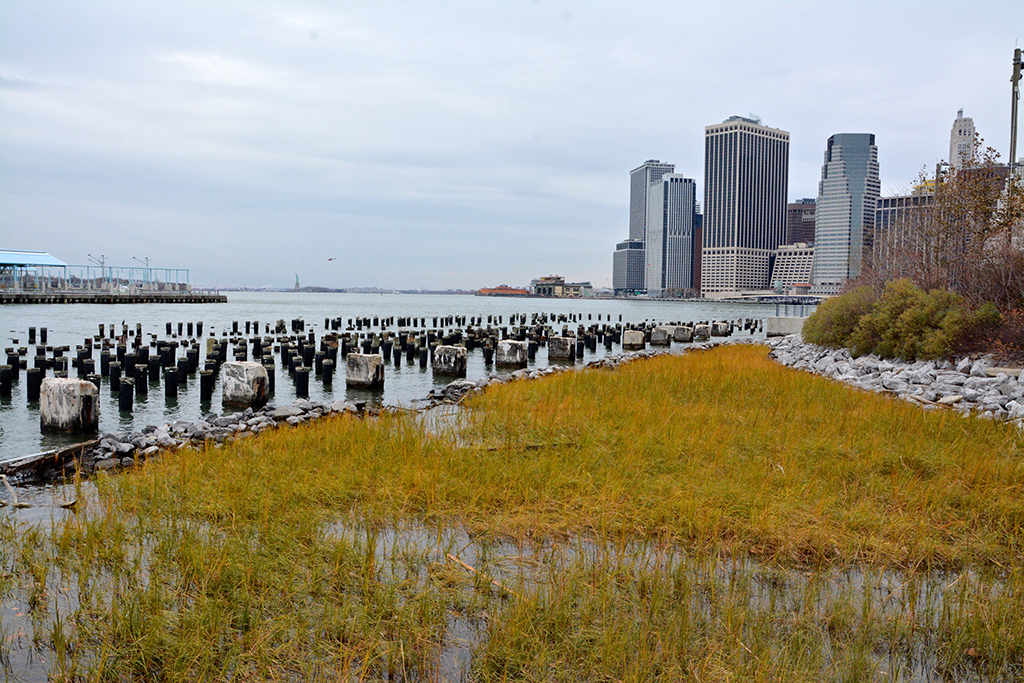
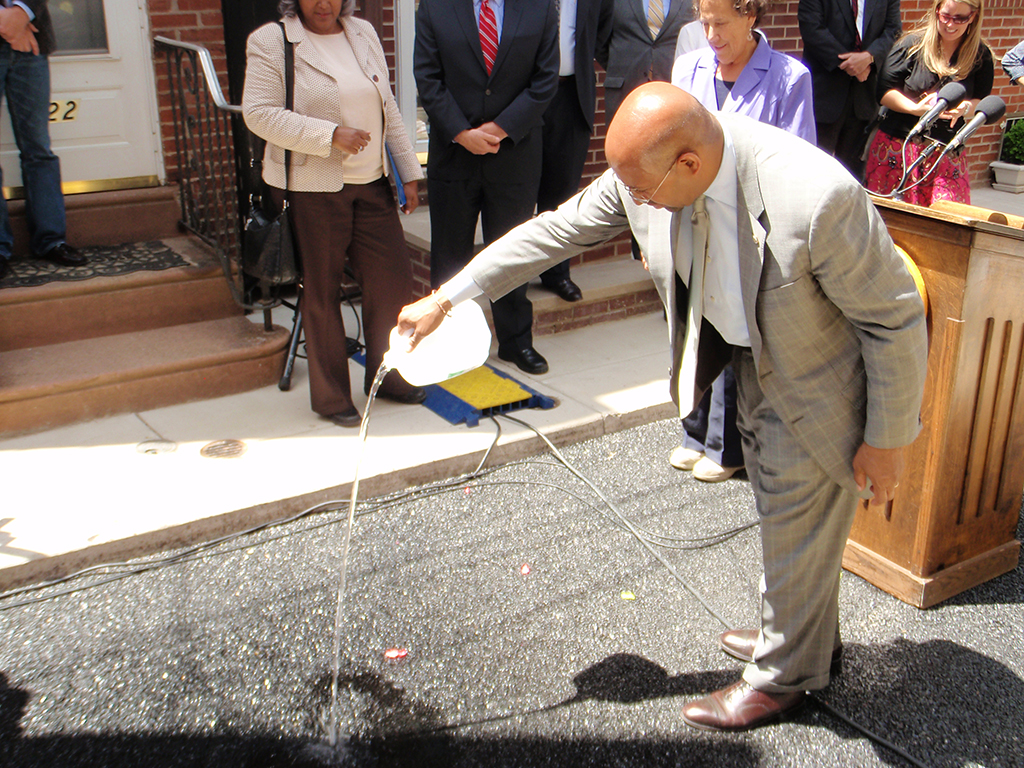
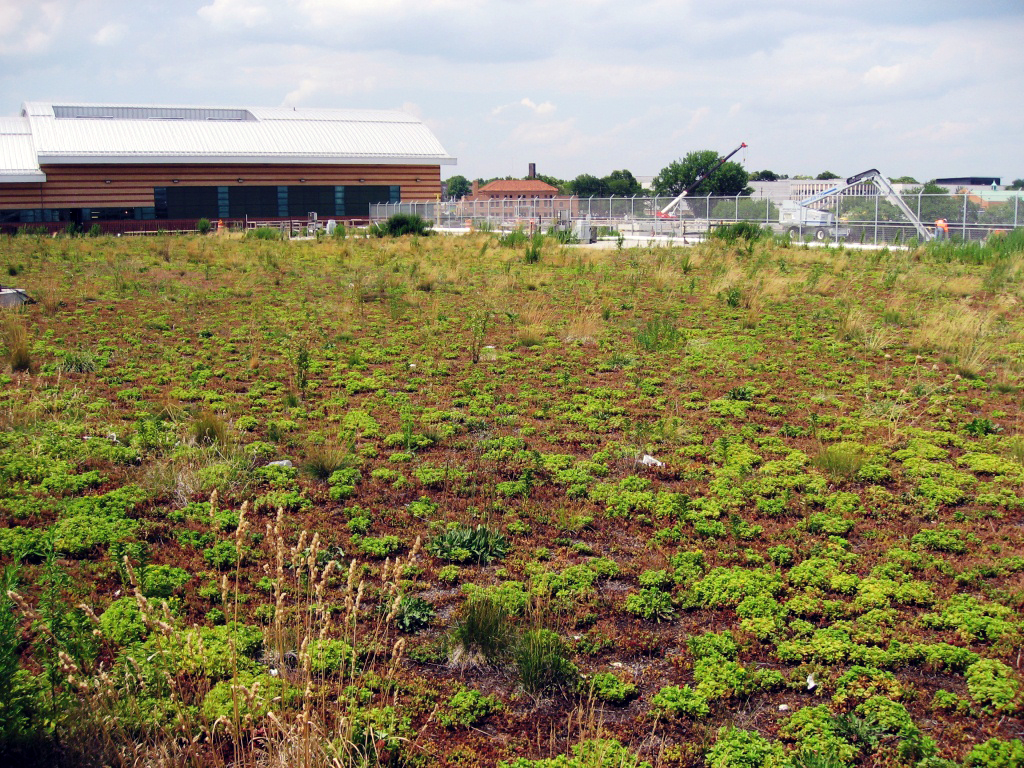
Comments